Qutub Minar, New Delhi
Been there recently?
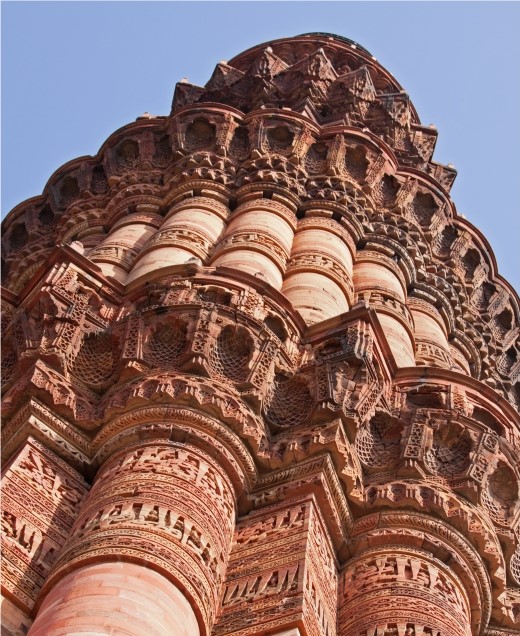
The iconic Qutub Minar, the tallest brick minaret in the world, stands 73 metres tall and dominates the city’s skyline. Its history dates back almost as far as the history of the Delhi Sultanate. It was constructed in the 12th century and is now a UNESCO World Heritage Site. It is also the earliest Islamic structure in India, with both Arabic and Brahmi inscriptions. Red sandstone was used to construct the tower’s first three stories, and marble and sandstone were used for the fourth and fifth. There are projecting balconies on each of the five floors. The Qutub Minar, which is situated in Delhi’s Mehrauli neighbourhood, was commissioned by Qutub-ud-din Aibak, who built India’s Mamluk dynasty (1206–1290). Iltutmish and Firoz Shah Tughlaq, his successors, eventually finished the tower.
Nearby Places to See
India Gate
It was erected at the eastern end of Kartavya Path, standing 138 feet tall, in honour of the 13,500 British and Indian soldiers who lost their lives in the Northwest Frontier Afghan War, as well as the Indian soldiers who gave their lives in World War 1. After the 1971 war with Pakistan, a memorial to Amar Jyothi Jawan was added in the form of an eternal flame that burns day and night to serve as a constant reminder of the soldiers who gave their lives in service to their country. The design of this war memorial was created by Englishman Edwyn Lutyens, who also planned the city of Delhi. The building’s construction began in 1921, and it was officially dedicated to the country in 1931. It is about 11 kilometres from Qutub Minar.
It was erected at the eastern end of Kartavya Path, standing 138 feet tall, in honour of the 13,500 British and Indian soldiers who lost their lives in the Northwest Frontier Afghan War, as well as the Indian soldiers who gave their lives in World War 1. After the 1971 war with Pakistan, a memorial to Amar Jyothi Jawan was added in the form of an eternal flame that burns day and night to serve as a constant reminder of the soldiers who gave their lives in service to their country. The design of this war memorial was created by Englishman Edwyn Lutyens, who also planned the city of Delhi. The building’s construction began in 1921, and it was officially dedicated to the country in 1931. It is about 11 kilometres from Qutub Minar.
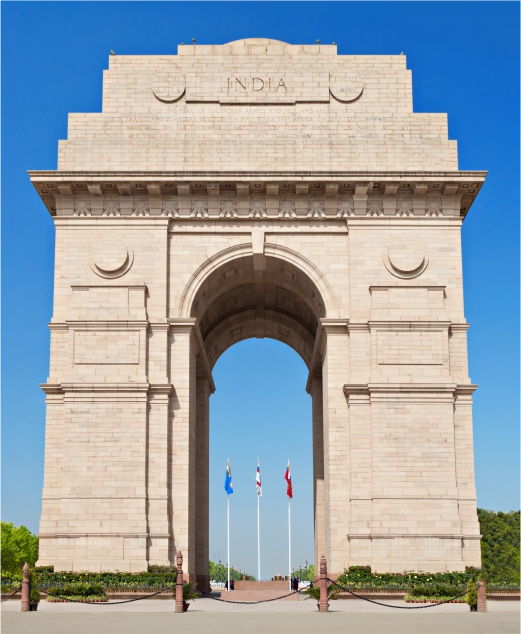

Red Fort
Using red sandstone, the mughal king Shah Jahan constructed this fort, which is now listed as a UNESCO World Heritage Site. The palace complex, halls, baths, gardens, and many other structures are all enclosed within the fort’s 75-foot high walls. The public audience hall Diwan e Am with its 60 red sandstone pillars and the private audience hall Diwan-i-Khas are the most beautiful. Every year on the anniversary of India’s independence, the Prime Minister of the country addresses the people from the Red Fort’s ramparts after raising the flag. Qutub Minar is located 18 kilometres away from the Red Fort.
Using red sandstone, the mughal king Shah Jahan constructed this fort, which is now listed as a UNESCO World Heritage Site. The palace complex, halls, baths, gardens, and many other structures are all enclosed within the fort’s 75-foot high walls. The public audience hall Diwan e Am with its 60 red sandstone pillars and the private audience hall Diwan-i-Khas are the most beautiful. Every year on the anniversary of India’s independence, the Prime Minister of the country addresses the people from the Red Fort’s ramparts after raising the flag. Qutub Minar is located 18 kilometres away from the Red Fort.
Lotus Temple
This massive lotus-shaped structure is the mashriq al-adhkar, which means the place of worship or temple of the Baháʼí faith. When it first opened to the public in 1986, its innovative design won widespread praise. The temple is situated on a 26-acre plot of land, complete with beautiful walkways and nine pools, and is located 11 kilometres from Qutub Minar. In accordance with their faith, Baha’i temples are typically constructed with nine sides, as the number nine is thought to have mystical significance for the faith. Its marble lotus petals, each measuring more than 130 feet in diameter independently, make this temple one of the tallest in the world. These marbles are arranged in threes to create a nine-sided shape. The prayer room has a capacity of over 2,000 people. It is located 10 kilometres from Qutub Minar.
This massive lotus-shaped structure is the mashriq al-adhkar, which means the place of worship or temple of the Baháʼí faith. When it first opened to the public in 1986, its innovative design won widespread praise. The temple is situated on a 26-acre plot of land, complete with beautiful walkways and nine pools, and is located 11 kilometres from Qutub Minar. In accordance with their faith, Baha’i temples are typically constructed with nine sides, as the number nine is thought to have mystical significance for the faith. Its marble lotus petals, each measuring more than 130 feet in diameter independently, make this temple one of the tallest in the world. These marbles are arranged in threes to create a nine-sided shape. The prayer room has a capacity of over 2,000 people. It is located 10 kilometres from Qutub Minar.
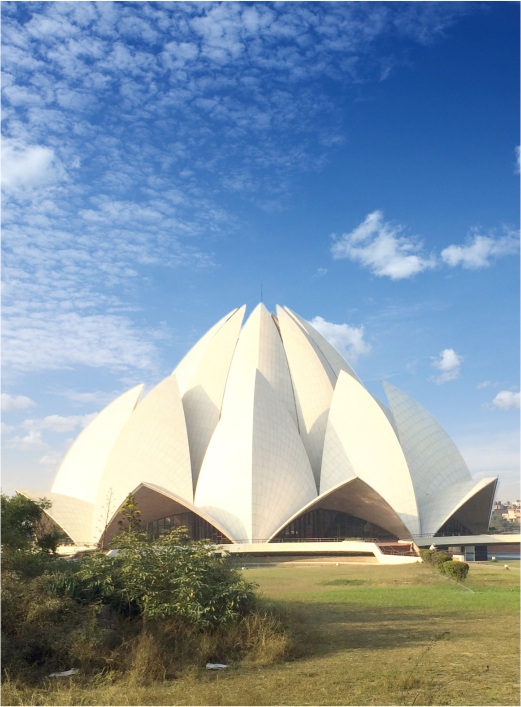

Akshardham Temple
Akshardham Temple is one of the prime attractions in the capital of India. Here you witness the exclusive architectural charm consisting of more than 234 beautifully carved pillars, 9 elaborate domes, 20 quadrangle spires, and 20,000 sculptures of spiritual personalities of India. It is located 21 kilometres from Qutub Minar.
Akshardham Temple is one of the prime attractions in the capital of India. Here you witness the exclusive architectural charm consisting of more than 234 beautifully carved pillars, 9 elaborate domes, 20 quadrangle spires, and 20,000 sculptures of spiritual personalities of India. It is located 21 kilometres from Qutub Minar.
National Zoological Park
The Delhi Zoo, which opened in 1959, is 13 kilometres from Qutub Minar. In 1982, the park’s name was changed to the National Zoological Park. There are 130 different species of animals and birds in the well-kept 176-acre park.
The Delhi Zoo, which opened in 1959, is 13 kilometres from Qutub Minar. In 1982, the park’s name was changed to the National Zoological Park. There are 130 different species of animals and birds in the well-kept 176-acre park.
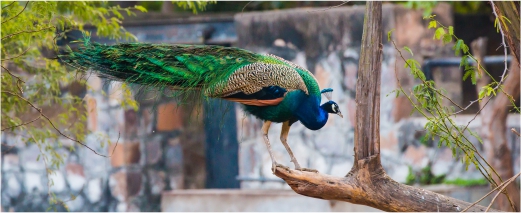
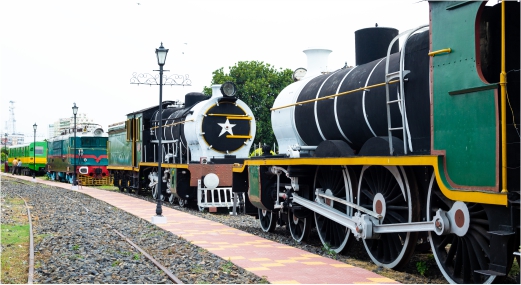
National Rail Museum
This museum, which occupies an area of 11 acres, highlights the more than 165-year history of Indian Railways. Along with a collection of wagons, railcars, and all vintage railroad-related items, there are a variety of steam, diesel, and electrical engines. It’s located just 10 kilometres from Qutub Minar.
This museum, which occupies an area of 11 acres, highlights the more than 165-year history of Indian Railways. Along with a collection of wagons, railcars, and all vintage railroad-related items, there are a variety of steam, diesel, and electrical engines. It’s located just 10 kilometres from Qutub Minar.

-
Destination



